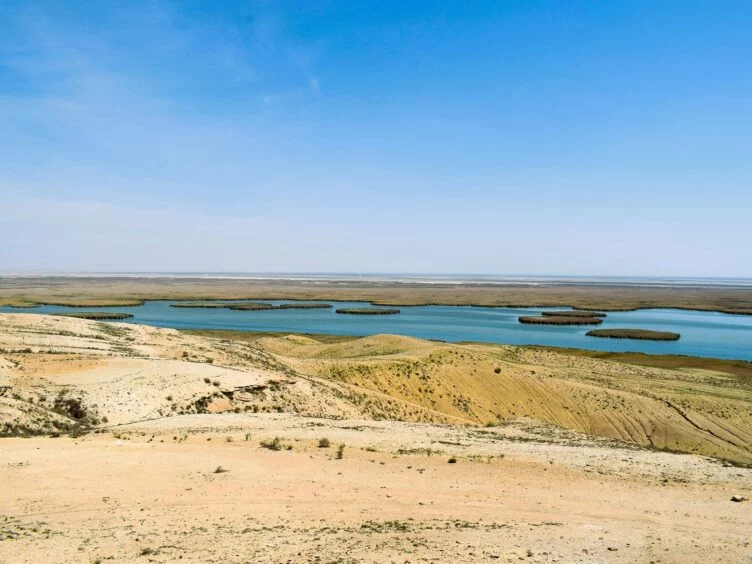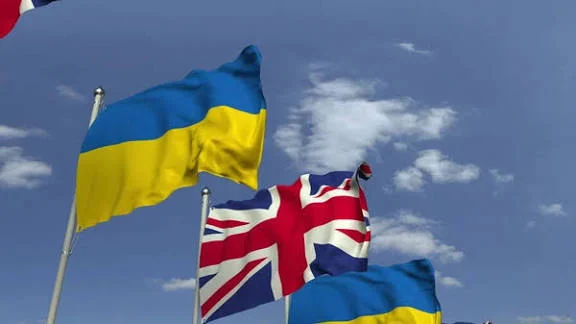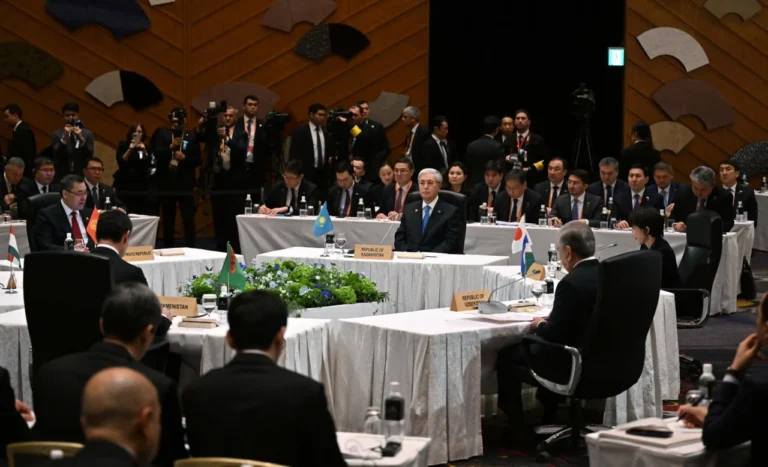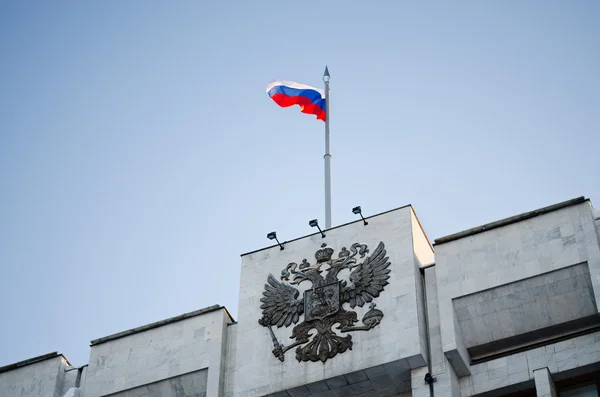How Kazakh traditions and mental resilience saved northern Aral

The Aral Sea in its entirety cannot be revived. It must be admitted. But our northern part of the sea is still alive. Thanks to a particular Kazakh tribe living around it.
It was they who came up with the idea to build a dam to separate Kok Aral (Blue Aral) from the rest of the sea.
The first earthen dam they built got washed away. But they persisted and built a new, stronger one which stood firm and allowed Kok Aral to fill with water.
This ability to unite and this kind of mental resilience is the local people’s natural trait.

They are called ak-kudai – a special tribal group inhabiting the area around the Aral Sea and the downstream banks of the River Syr Darya that feeds it.
Their mentality is shaped by the harsh environment they live in. They are desert people who value the power of community.
But they are also people of the sea, who have lived off fishing from time immemorial. Like fishing communities all over the world, they are used to depending on and relying on one another. On top of that, they are held together by tribal and family ties.
Their mentality is also shaped by the desert. They are like our Bedouins – desert nomads, sea traders of the Silk Road, who, for a fee, used to provide security to passing caravans.
In the Tsarist and Bolshevik times, they “disappeared” punitive units sent to force them into submission – the units together with their horses and camels were destroyed by fire, and the weapons buried deep in the ground.
They preserved and followed traditional Kazakh laws even in the Soviet period. The tribal elders continued to be the main decision-making authority, solving all arising issues. The elders’ gatherings were attended by local Soviet police officials, judges and so on.
Another tradition that made such communities strong was protection of women’s and children’s rights. Women were never to be punished, except for promiscuity – in all other cases the responsibility lay with her father, husband or tribe.
Women had their own elders who would gather to resolve certain issues.
The tribe Jakayym has a legend, according to which it had to retreat into the desert during a war with an enemy. Not a single man returned from the war. The remaining women and children were left alone in the desert in a freezing winter.
The women gathered to decide what to do. Some proposed that each woman should return to her parents’ tribe, so they and their children could survive.
Others argued: our children’s fathers perished. But our children can continue their fathers’ family lines. If we return to our own families, our tribe will disappear. If we stay and die, we will be reunited with our husbands in heaven. If we survive, our children will revive our tribe.
They stayed and lived. It is believed that the Sartay Batyr [hero] who found fame in the decisive battles led by Gazi Abulkhair Khan to defend our eastern borders from the Dzungars came from that Aral tribe.
The western tribes also played a key role in defending our northwestern borders from the Kalmyks.
A nation can be called a nation if it is united by one idea. We are also, metaphorically and literally, united by the river Syr Darya, that runs across our land from east to west.
Therefore, the ak-kuday tribe’s conservation of Kok Aral by staying true to our old traditions is highly symbolic. It is of spiritual importance.
By Marlen Zimanov





Все комментарии проходят предварительную модерацию редакцией и появляются не сразу.